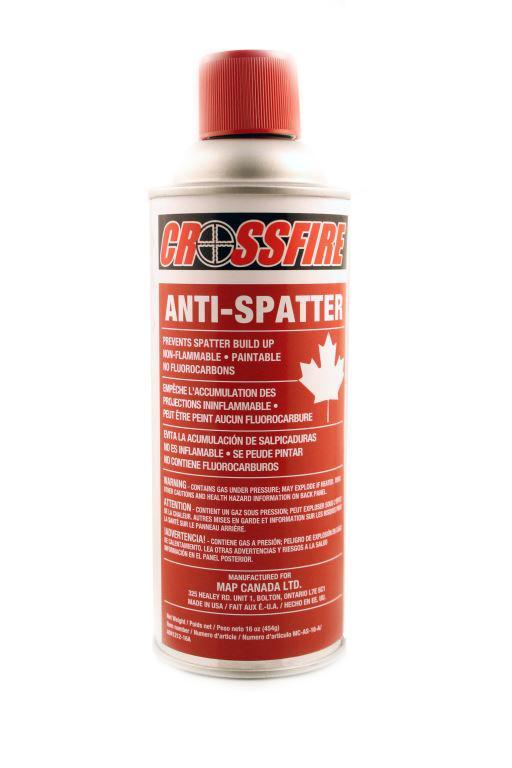Anti Spatter Aerosol
Anti Spatter Aerosol is backordered and will ship as soon as it is back in stock.
Couldn't load pickup availability
Delivery and Shipping
Delivery and Shipping
Standard shipping rates apply, does not qualify for free shipping offers.
Description
Description
Anti Spatter Aerosol - 16oz Spray Can
A041212-16
Crossfire Anti Spatter spray makes it easier to protect contact tips and nozzle with a quick coating. This spray can also be used to coat and protect base material, parts and fixtures.
- Non-flammable
- Paintable
- No fluorocarbons









